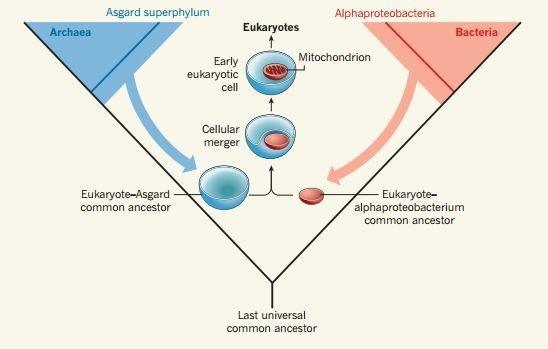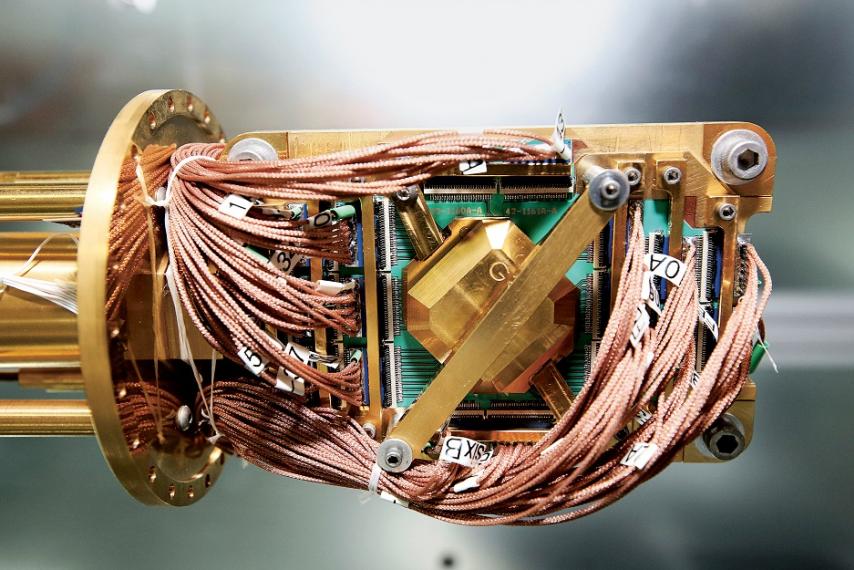A team of scientists has just named a new clan of microbes Asgard, whose members are named after Norse gods such as Odin, Thor, Loki, and Heimdall. This clan of microbes is said to be found all over the world, even though many of them are quite rare. But, even though no one has ever seen them under a microscope, we know for sure they’re their thanks to their DNA.
Thijs Ettema predicts that around two billion years ago an Asgardian microbe was involved if gave rise to us, fellow animals, and every other living thing made up of cells. The term used to describe this group is eukaryotes. Eukaryotes haven’t always been around. The Earth only consisted of two living domains at first: the bacteria and the archaea. But, eventually, these two domains were joined by eukaryotes, which proved to be very different to what was already around. As well as having larger genomes than either bacteria or archaea, eukaryotic cells are generally much bigger too. They have an internal skeleton that transports molecules and compartments that act like organs, each fulfilling its own role.

Another distinguishing fact about eukaryotic cells is that they were created due to a merger between the other two domains and therefore are very different from them. Although they took a while to appear when they did the eukaryotes evolved quickly and repeatedly fused with microbes through a process called endosymbiosis. Up until fairly recently, very little was known about the archaeon host, but in 2015 Ettema and his team at Uppsala University changed that. They took samples of sediment at depths of 2,300 meters from Loki’s Castle, which is located between Greenland and Norway and analyzed its DNA. What they discovered was a new archaeon they aptly called Lokiarchaeota and after examining its DNA, revealed they are in fact the closest living thing to eukaryotes there is.
Brett Baker and a team from the University of Texas also uncovered a group of archaea, this time in the White Oak River, North Carolina. They kept with the Norse god theme and called their discovery Thorarchaeota. Since then, two more major groups have been discovered around the world: Odinarchaeota and Heimdallarchaeota. These four lineages all fall under the Asgard supergroup for classification purposes. When Ettema looked at the DNA of the Asgardian microbes, he found them to be unique to those of eukaryotes. But James McInerney and Mary O’Connell write, “The distribution of genes formerly thought to be eukaryote-specific is patchy.” Ettema says, ”Instead it seems that the building blocks for those eukaryote-defining traits were most likely already present in our archaeal ancestors.” So, the debate as to where Asgardians came from will continue until they are at least able to look at the cells physically. But quite when that will be, who knows.
More News To Read
- If We Can’t See Black Holes, How Do We Know They Really Exist?
- Scientists Have Found a New Form of Hydrogen
- Will We Ever See a Universal Flu Vaccine Developed Within our Lifetime?!…
- Protect Yourself on Facebook By Following These Handy Tips
- Does Our Appendix Really Hold Any Purpose? Scientists Have Discovered It’s Really Important











